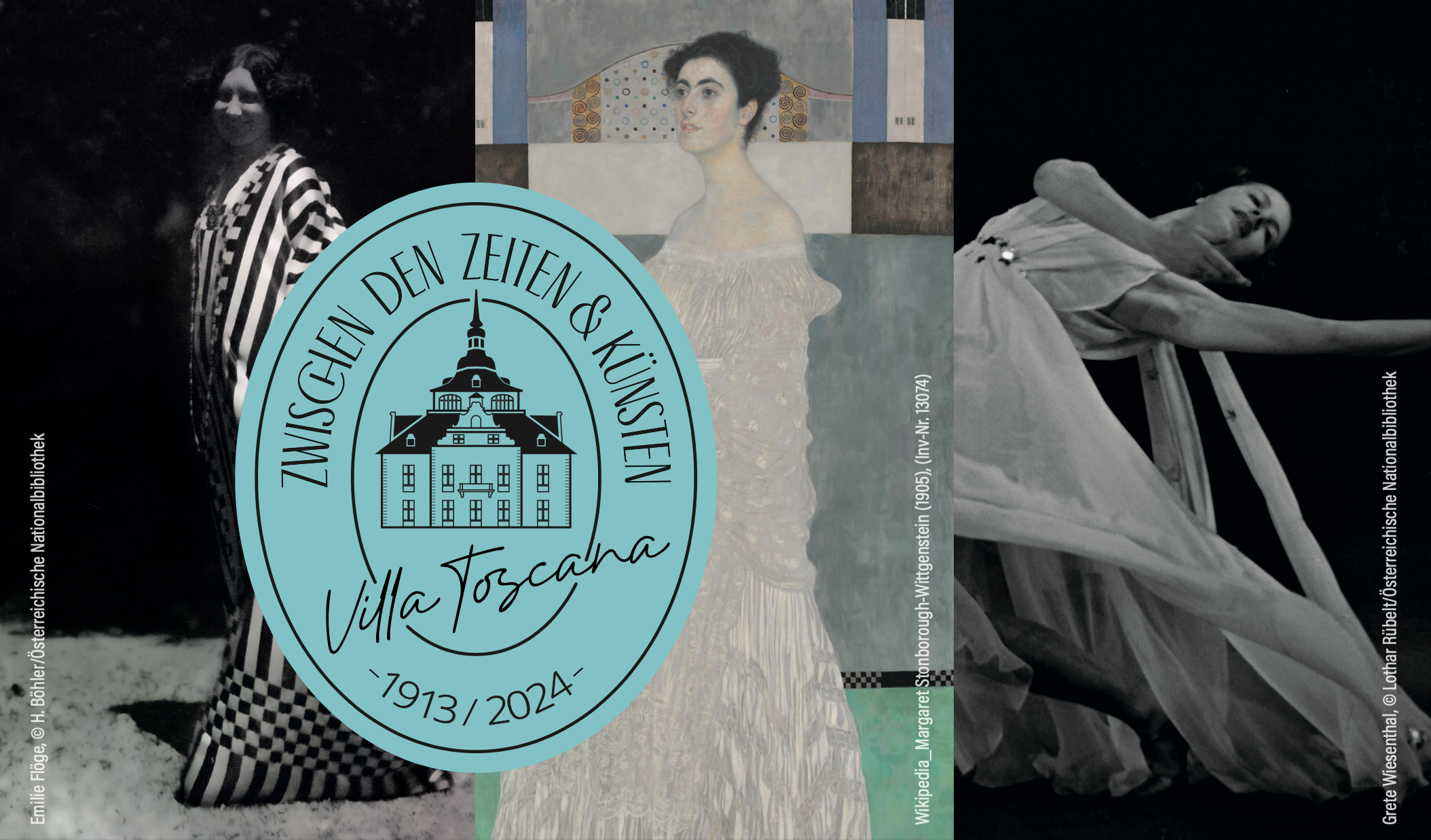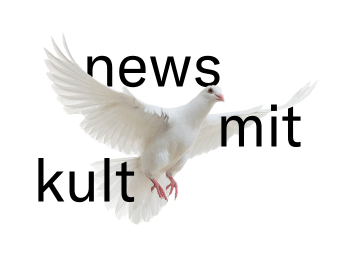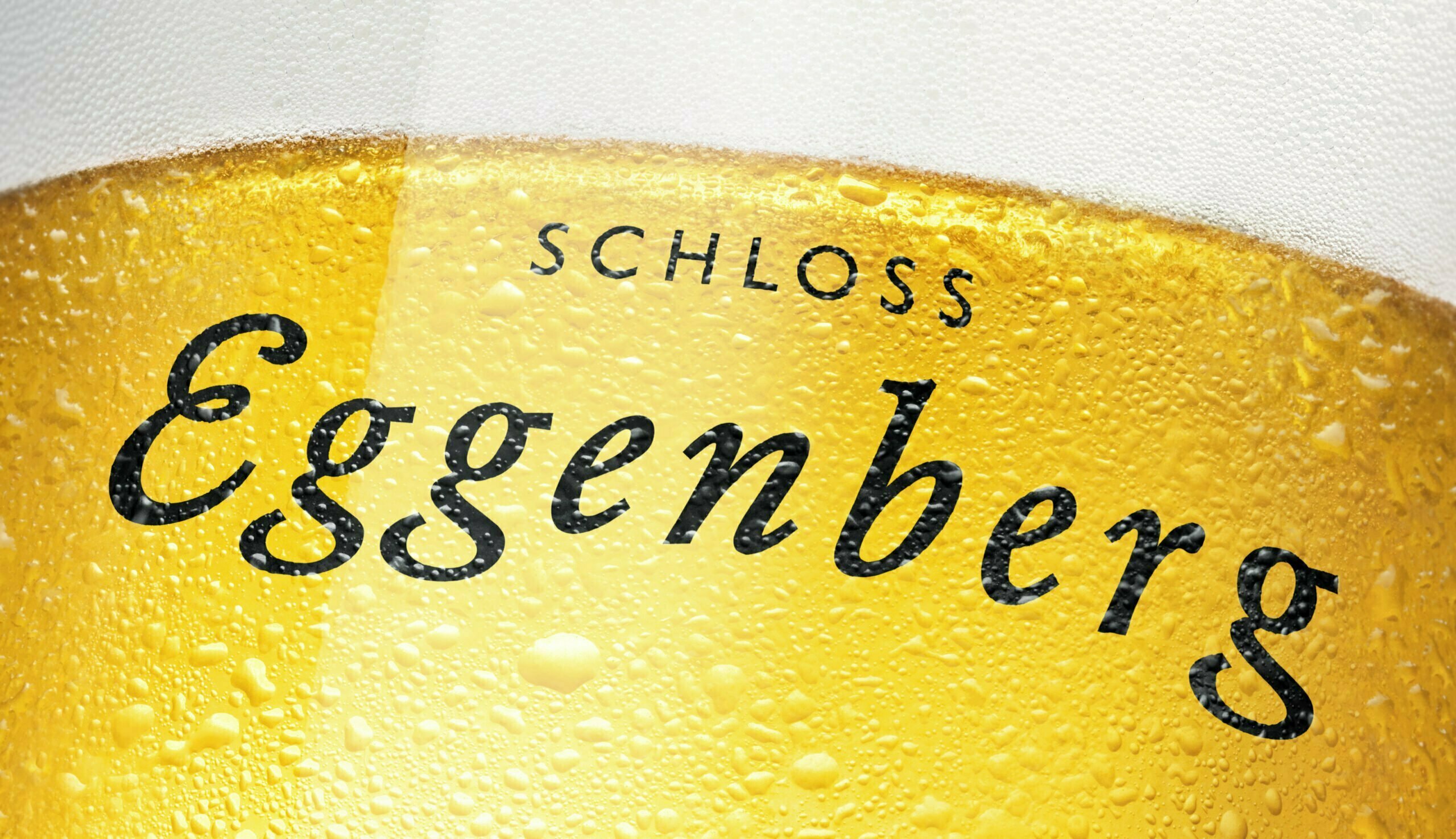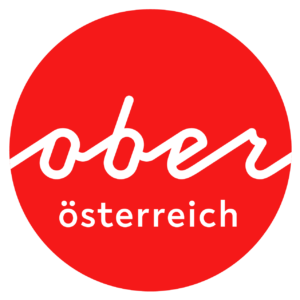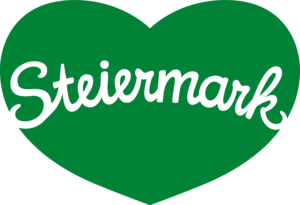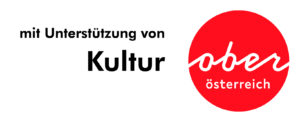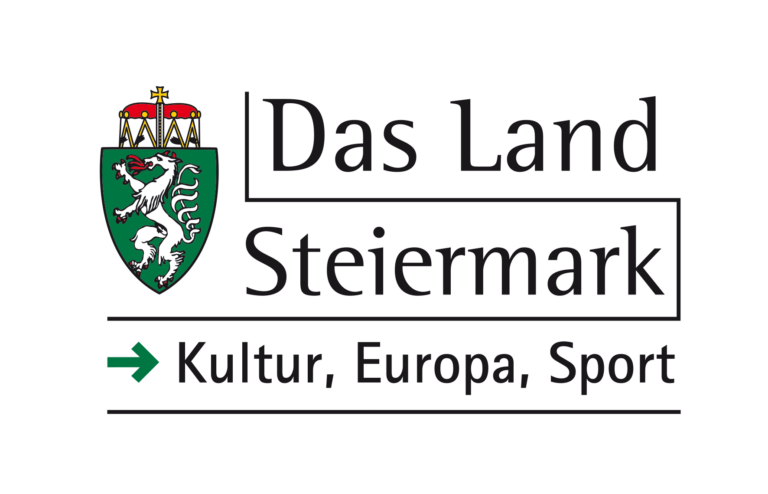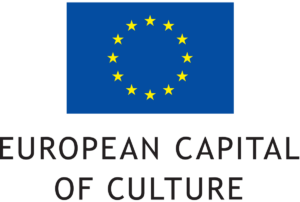Villa Toscana around Margarete Stonborough-Wittgenstein – a creative center art and science / past and present
In 1913, the entire Toscana peninsula, including the park and the large and small villas, were purchased by Margarete Stonborough-Wittgenstein, the sister of the philosopher Ludwig Wittgenstein.
People gathered every summer for numerous creative gatherings, homemade productions of theater plays they often wrote themselves, a lively exchange about what they had read, exhibitions of artworks and musical and dance performances. Ludwig Wittgenstein once said: “I am a collector of good people.”. And, in doing so, the little metropolis of Gmunden am Traunsee was networked with Vienna, where intellectuals upheld shared ideas and values in salons and coffee houses and exchanged with the elites from the fields of business and scholarship. The achievements were thus spread within a very short time to all areas of life from art to jurisprudence and granted the ailing Habsburg empire to enjoy a last gasp in style.
With the rise of National Socialism and the ever-stronger antisemitic tendencies, intellectuals were alienated from parts of society until this vast network was ultimately dissolved by National Socialism.
In 2024, the villa Toscana is intended to be brought back to life as a place where these “good people” of the past meet the “good people” of the present, rub up against each other and be inspired – a place for the exhibition and salons.

By loading the video, you agree to YouTube’s privacy policy.
Learn more
The exhibition is dedicated to a critical dealing with the past and the artistic life today in the Salzkammergut region, supplemented by contemporary positions from artists in residence. In doing so, the era of National Socialism cannot be regarded in isolation; it penetrates all topics and serves a glaring break with or an unhealed wound of the past.
Three artistic salons are intended to bring the spirit of the turn of the century culture back to life, in collaboration with the Festwochen Salzkammergut. The Salon Wittgenstein (in the spirit of the philosopher), the Salon Musik (in the spirit of Paul Wittgenstein) and the Salon Tanz (in memory of Grete Wiesenthal).
